Iran Press/ Iran news: Iran is a multi-ethnic nation with different ethnic groups that include Persians, Kurds, Lurs, Arabs, Baluchs, Turkmen and Azeri tribes. The country enjoys a mix of cultures borrowed from far and wide. The many languages spoken in Iran have similarities to European and Asian languages. Persian is the largest ethnic group in Iran. The ethnic group makes up more than half of the nation’s population.
 Iran is rich in various ethnic culture as demonstrated via colorful costumes
Iran is rich in various ethnic culture as demonstrated via colorful costumes
Iran has taken measures to ensure ethnic diversity is maintained. The constitution guarantees the rights of Ethnic minority groups in Iran. According to the law, minority groups have equal rights with the majority group.
Related news: Iran respects cultural, artistic diversity: Minister of culture
History of Iranian ethnic groups
Around 2000 years before Christ, Aryans migrated to this land in three groups: Medes, Persians and Parthians. Then this land was called Iran, which means the land of the Aryans. But know that Iran did not remain unique from the Aryan race and spread to various ethnic groups over time.
 Iranian ethnics have lived peacefully together throughout centuries
Iranian ethnics have lived peacefully together throughout centuries
Iran is an ethnically diverse country and interethnic relations are generally amicable. Persians form the majority of the population. However, historically the terms "Iran" and "Persia" have referred to a confederation of all groups native to the Iranian Plateau, and the speakers of Iranian languages, whether located in Iran or not such as Tajiks or Ossetians. Therefore, historically, the use of the term "Persian" has sometimes been used to include all the various regional dialects and subgroups of Iran.
 Iranian students celebrate their rich ethnic culture
Iranian students celebrate their rich ethnic culture
Persians
Persians or Fars ethnic group and their culture dominate the Iranian population. They occupy major urban areas such as Tehran, Esfahan, Mashhad, Yazd and Shiraz. The official language in Iran is Persian also known as Farsi. It is the first language for Persians, and ethnic minorities use it as a second language. Persians are known to have a rich cultural heritage. Their music, art, and poetry are ranked the best in Iran. Persians hold a majority of government positions. As a result, they influence important government decisions. Most Persians are Shia Muslims, the predominant religious group in Iran.
 Iranians are proud of their ethnic culture
Iranians are proud of their ethnic culture
Azeris
Azeri ethnicity in Iran is mostly concentrated in the northwest, in East, West Azerbaijan, and Ardabil provinces as the main Azeri settlement but also many of them reside in other provinces of the country. This ethnic group makes up about 25 percent of the Iranian population.
Azeri people have a great deal in common with Persians. Their lifestyles are almost similar. In the cities, Azerbaijani and Persians have considerably intermarried. These people are more integrated into Iranian society than other ethnic minorities. Azerbaijanis, just as with most Persians, are predominately Shia Muslims.
 Azeri traditional dance
Azeri traditional dance
Gilaks
The residents of Gilan province are called Gilaks. They have their own language, culture and costume. Their language is Gilaki and they share 4% of Iran's population. Residing along the southern and southwestern part of the Caspian sea on one side and being close to Alborz ranges and the surrounding plains on the other side.
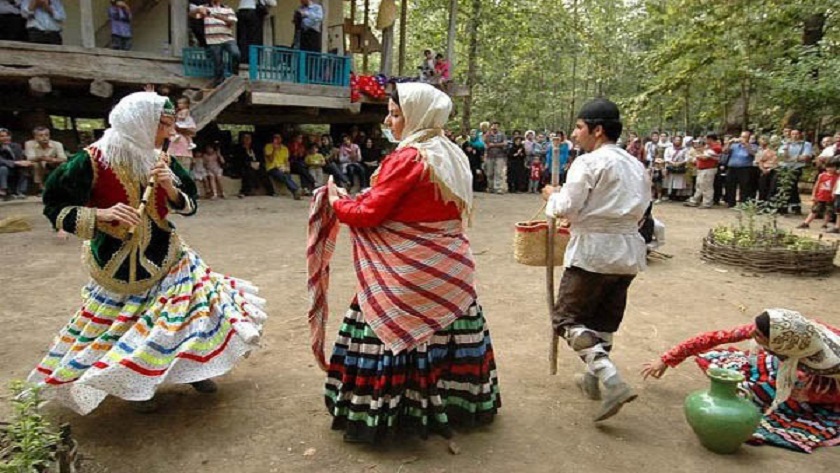 Vibrant colors in Gilaki traditional costume
Vibrant colors in Gilaki traditional costume
Mazanis
The Mazanderani people or Tabari people are Iranian people who are indigenous to the Caspian region of Iran. They are also referred to as Mazanis for short. They inhabit the southern coast of the Caspian Sea and are part of the historical region known as Tabaristan. The Alborz mountains mark the southern boundary of the area settled by the Mazanderani people.
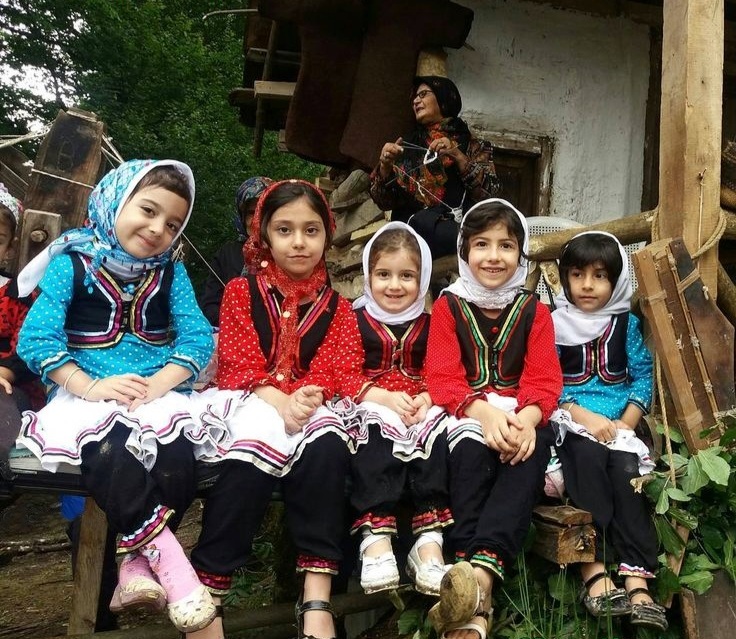 Mazanis children in traditional costume
Mazanis children in traditional costume
Kurds
Most Iranian Kurds reside in the mountainous areas bordering Turkey and Iraq, mainly in the provinces of Kurdistan and Kermanshah. West Azerbaijan, Hamadan, Ilam, Northern Khorasan, and Lorestan also have Kurdish communities.
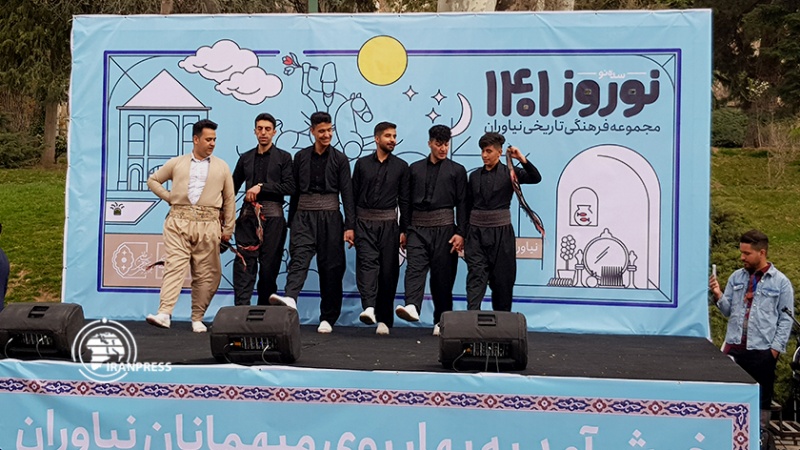 Kurdish dance
Kurdish dance
Lurs
The Lurs of Iran reside in the west and south-west Iran in the Zagros mountain regions. Most of the researchers believe they are from the Iranian tribes and the ancestors of the Persian castes.
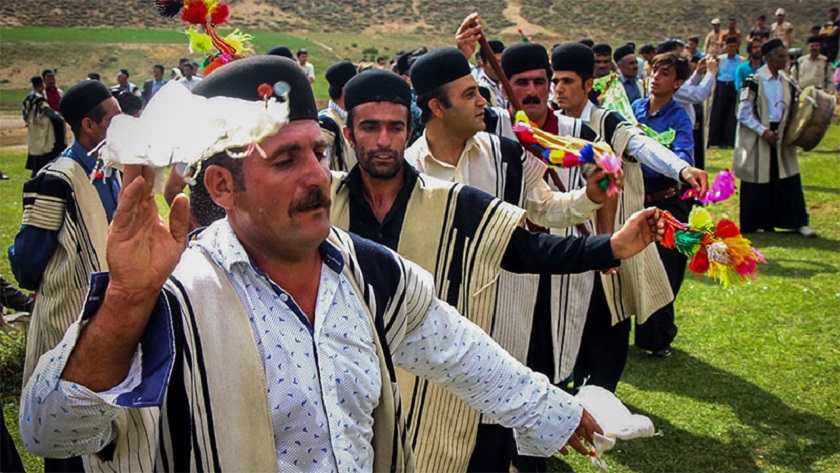 Lur men in traditional dance
Lur men in traditional dance
Lurs live in the exceedingly ancient areas that once were the domination of great civilizations such as Elamites. The Lurs are the actual inhabitants of Zagros. They speak in the Luri dialect which has roots in ancient Middle Persian and got different accents such as Bakhtiari luri, Mamassani luri, Feyli luri, etc. The Iranian Lurs are divided into two general categories: The Major Lur (Lur-e Bozorg) and Minor Lur (Lur- e Kuchak).
A sub-ethnic group of Lurs, the Bakhtiyari tribe is composed of the clans living in the mountainous regions between the Chaharmahal, Fars, Khuzistan (the Taftoon Field), and Lurestan provinces.
Related news:Hijab in Iranian culture
Arab ethnic group
Some historians maintain that the first Arabian tribes migrated to Khuzistan, a section in south-west of Iran where they now live, in the early centuries AD, probably moving in from the Arabian peninsula. Arabian tribes are scattered in areas between the Arvandroud( Shatt al-Arab) and the Persian Gulf in the south and Shush in the north.
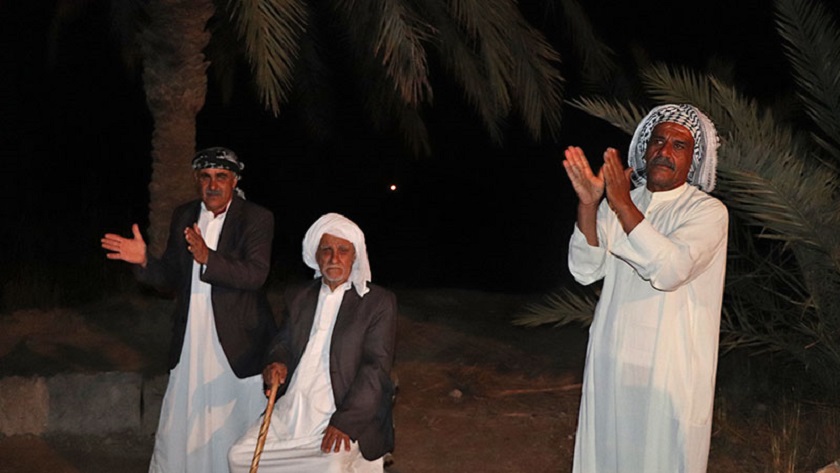 Iranian Arab ethnic group reside in Khouzestan and southern provinces
Iranian Arab ethnic group reside in Khouzestan and southern provinces
The Arabians have retained their Arabic language and many of their old customs, but they have lost some of their ethnological characteristics.
Balochis
The Baluchis reside mainly in Baluchestan, which is a dry region in the south-eastern part of the Iranian plateau. It extends from the Kerman desert to the rest of Bam and Beshagard mountains, and to the western borderline of the Sind and Punjab provinces of Pakistan. Baluchestan is divided between Iran and Pakistan. Iran and Pakistan had a dispute concerning the border dividing the two parts of Baluchestan, which was resolved by an agreement in 1959. The Iranian Baluchestan is a part of the Sistan and Baluchestan province.
 Balochi dance
Balochi dance
Turkmen
Turkmens or Turkomans are Iranian citizens of Turkish origin who mainly trace their roots to Central Asia. Turkmens are settled mostly in “Turkmen Sahara” located in north Iran, east of Mazandaran province and north of Khorasan province – in the neighboring country of Turkmenistan.
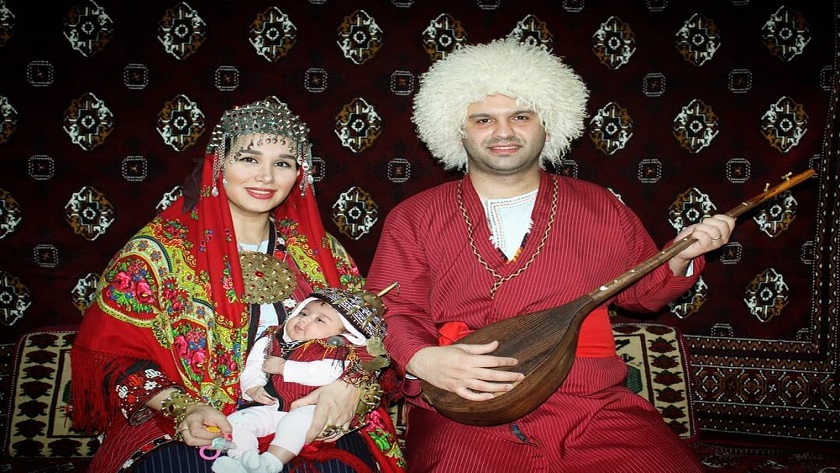 A Turkmen family in traditional costume
A Turkmen family in traditional costume
Turkmen different tribes include Koklan, Yamut and Teke. The Koklans live in the eastern mountainous areas of the Gorgan plain and around Bojnourd city. Yamuts mostly reside in the Gorgan plain, and some clans reside in Turkmenistan and some around Gonbad Kavus.Turkmen tribes of Iran are famous for raising a horse race called Akhal-teke known as the Turkmen horse.
 Iranian people from different ethnic groups live in solidarity
Iranian people from different ethnic groups live in solidarity
Iranian ethnic groups in solidarity
The cultures of Iranian people with all their diversity, due to the long historical social coexistence in the land of Iran, in some aspects, have affinities and commonalities that bring them closer to each other as thriving to flourish further.
Read More:
Persepolis; What Iran is known for
Tehran hosts Hijab, Dignity Fair
Ashkan Salehian

